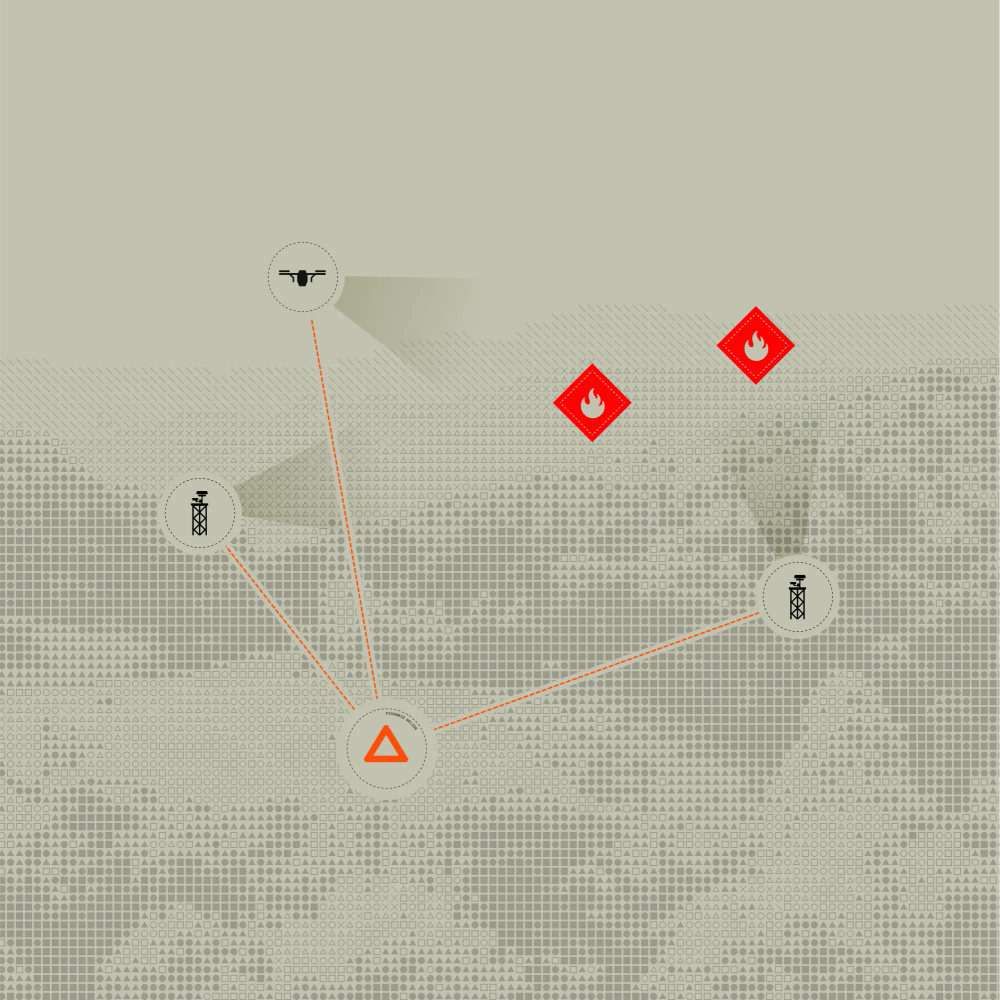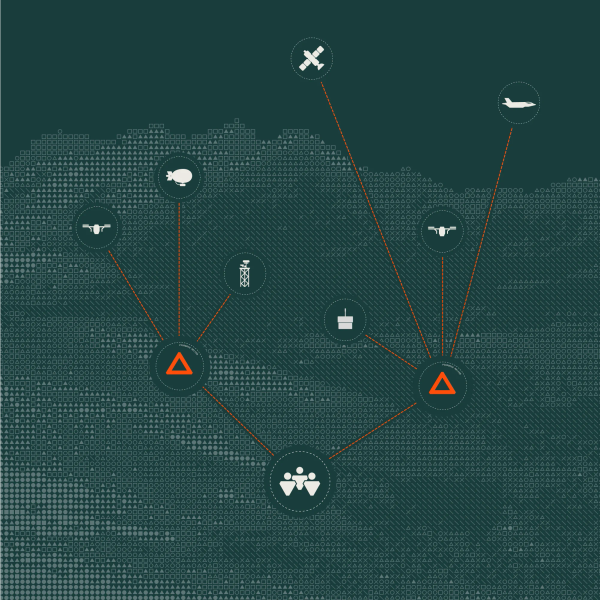
Wildfire Intelligence
Unify sensors and drones into a real-time system for faster wildfire detection and coordinated response.
Defense
Unify autonomous systems and sensors to enable faster decisions, coordinated effects, and safer first contact.

The future battlefield will rely on warfighters operating alongside autonomous systems. Recent conflicts underscore the need to integrate sensors and unmanned platforms into a unified operational picture.
Defense customers approached Picogrid with this challenge as a natural extension of our work in networking, dispersed force protection and intelligence sensors. Once you detect enemy activity—how do you seamlessly use that information to make decisions and apply effects?
“Autonomous systems are becoming more lethal and less expensive. Sensors and decoys are everywhere. Dual-use technologies are continuously evolving and outpacing our processes to defeat them.”
— Secretary of the Army Dan Driscoll and Army Chief of Staff GEN Randy George, Letter to the Force, May 1, 2025
“We have the ability, and I think the moral responsibility, to not trade blood for first contact with the enemy.”
— GEN Jim Rainey, Army Futures Command, 2023
Picogrid uses its Legion software and family of edge nodes to command heterogeneous air, ground, and maritime systems. Our vendor-neutral platform is built to integrate best-in-class government-furnished and commercial systems across domains.
Importantly, we don’t compete with our partners; we help them deploy their systems alongside others using common services and unified control.
Unlike vendor-conflicted OEMs, Picogrid focuses solely on integration. Our platform is aligned with Modular Open Systems Approach (MOSA) and enables real-time interoperability across command-and-control interfaces such as ATAK and Maven—not just one ecosystem.
Picogrid has participated in multiple joint force events, demonstrating autonomous swarming, machine-speed tip-and-cue, and dynamic tasking across unmanned systems.
